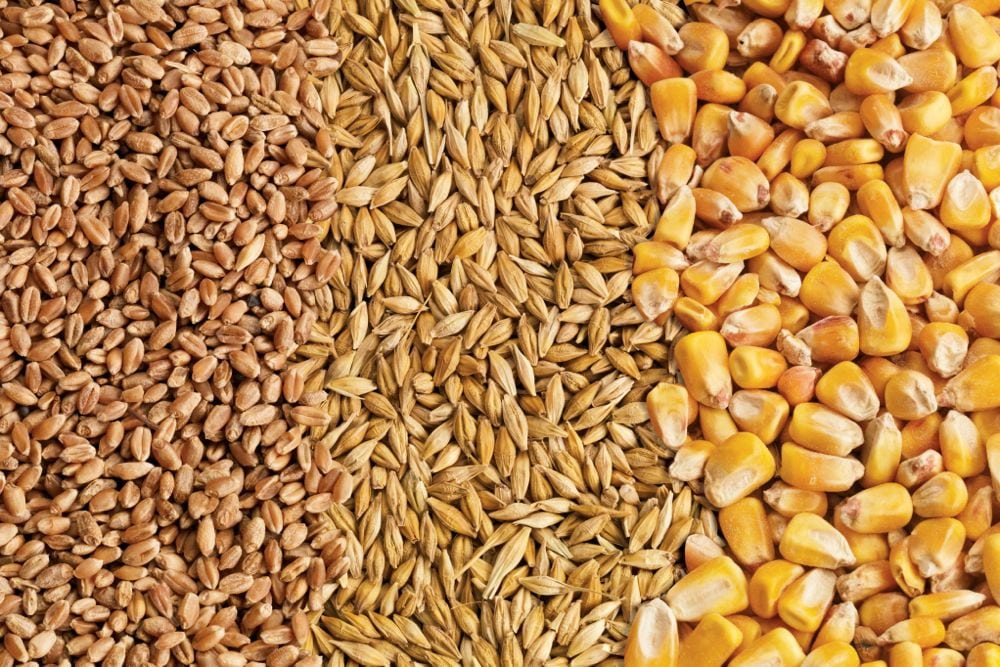(Resource News International) — The acreage update from Statistics Canada released early Wednesday held few surprises and will largely be ignored, but will provide a good base in which to backtrack seeding intentions negatively impacted by excessive precipitation this spring.
“The report from StatsCan is more reflective of what could of been, rather than what is,” said Mike Jubinville, an analyst with ProFarmer Canada in Winnipeg.
Ken Ball, a broker with Union Securities Ltd. in Winnipeg, agreed the numbers from the government agency are not an indication of what was seeded, but are a starting point in which to subtract area that was not planted due to excess moisture, area that was flooded out and areas that will see reduced yield potential.
Read Also

Feed Grain Weekly: Prices starting to pick up
Prices for feed grain are “grinding higher” said Evan Peterson, trader with JGL Commodities in Saskatoon.
Both Jubinville and Ball were concerned that U.S. market participants will take the numbers to heart, not understanding that Statistics Canada’s methodology did not take into account the extreme wet conditions that took place and which impacted seeding decisions after the survey was completed.
The seeding intentions will be updated by Statistics Canada in future reports.
The government agency pegged canola area in its June report at 17.894 million acres. Pre-report expectations for canola ranged from 13.25 million to 15 million acres. In April, StatsCan estimated canola area in 2010 at 16.907 million acres, while in the spring of 2009, 16.199 million acres were planted.
“There was a lot of canola area that did not get seeded because of the wet conditions and there was also quite a few acres that have been damaged by the moisture,” said Ron Frost, a grains and oilseeds analyst with Agri-Trend Marketing and the Frost Forecasting Corp.
Backtracking off the StatsCan canola estimate released Wednesday and accounting for the wet weather, Frost said seeded canola area was likely in the 14 million- to 14.5 million-acre range.
Jubinville, using the theory that only 75-80 per cent of the numbers provided by Statistics Canada were actually seeded, estimated canola plantings this spring at 13.27 million to 14.16 million acres.
Ball agreed the area seeded to canola in 2010 was down significantly, and felt only about 13 million acres will actually be productive.
“The area seeded may actually be a bit higher, but a lot of the yield potential was believed to have been hurt by the excess moisture on selected spots on the field,” Ball said.
Smaller hit on durum
All wheat area in Canada was pegged by Statistics Canada at 22.719 million acres, down from 23.22 million in the April report and the 2009 level of 24.457 million. Pre-report ideas had expected all wheat output to total between 18 million and 20 million acres.
Jubinville felt the all-wheat number, based on his 80 per cent theory, would be closer to 18.176 million acres. He cautioned, however, that the all-wheat number includes durum, which did not take as great a hit from the wet conditions as spring wheat did.
“Much of the area typically grown to durum did not see as much rainfall as other regions in Canada,” Jubinville said, estimating roughly 90 per cent of the intended durum area was actually planted this spring.
Barley area in Canada this spring was forecast by Statistics Canada at 8.052 million acres, down from the 8.344 million projected in April and the 8.663 million planted in 2009. Pre-report ideas had ranged from 6.6 million to 7.5 million acres.
Seeded area to oats was pegged by the government agency at 3.738 million acres, down from the 3.992 million forecast in April but up slightly from the 3.731 million planted in 2009.
“Barley and oats are really two crops that would be planted last, and I don’t think producers got the chance to put those crops in the ground due to the wetness,” Frost said. “Crop insurance deadlines also worked against producers.”
Frost said there may have been some planting of those crops after the seeding deadlines, but more so for grazing and greenfeed purposes.
Barley area was forecast by Jubinville to be in the 6.442 million-acre range, and would have been a crop considered by producers as a last-ditch attempt to put something in the fields.
Table 1. Statistics Canada’s seeding intentions report (millions of acres) for the period ended June 3. Pre-report expectations are provided for comparison purposes.
| StatsCan | Pre-report | StatsCan | StatsCan | |
| June 2010 | estimates | March 2010 | 2009-10 | |
| Canola | 17.894 | 13.250-15.000 | 16.907 | 16.199 |
| All Wheat | 22.719 | 18.000-20.000 | 23.221 | 24.457 |
| –Durum | 3.490 | 3.200-3.300 | 3.685 | 5.660 |
| Barley | 8.051 | 6.600-7.500 | 8.344 | 8.663 |
| Flaxseed | 1.285 | 1.000-1.100 | 1.435 | 1.710 |
| Oats | 3.737 | 2.800-3.500 | 3.992 | 3.731 |
| Peas | 3.795 | 2.500-3.300 | 3.620 | 3.760 |














